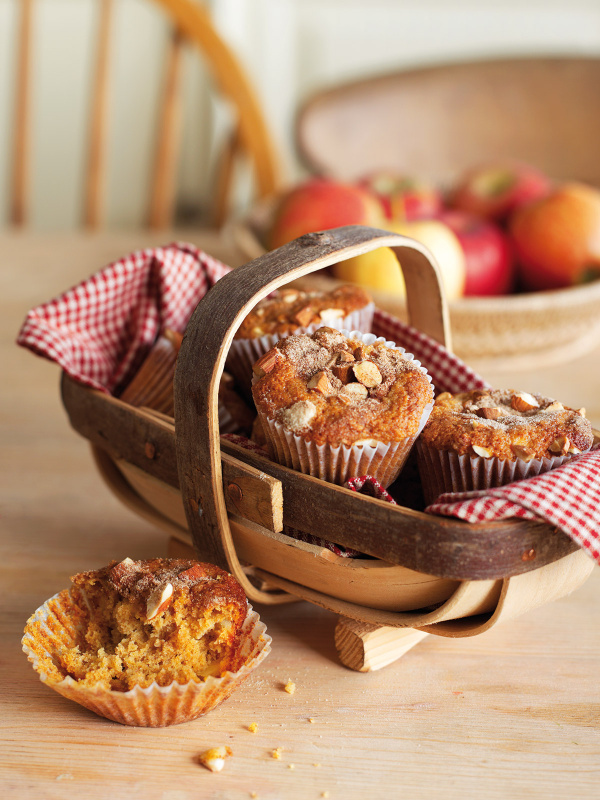Melted Butter
Asked by MiltonAA. Answered on 1st June 2011
Full question
When I melt butter for a recipe I find it starts to separate. Have I warmed it too much? If so, what's the secret to getting it just right?
Our answer
Butter is made up of butter fat, milk solids (proteins) and water. So when you melt butter you will see that the milk solids (usually a white sediment) tend to settle towards the bottom of the saucepan and the golden coloured butterfat sits on top of it. The water will tend to sink with the milk solids though some will also evaporate if the butter is brought up to boiling point. This is perfectly normal and nothing to worry about and if you are using the melted butter to make a sweet or savoury recipe then you can just add the whole lot in, unless the recipe asks for clarified butter.
Clarified butter (sometimes known as drawn butter) is the butterfat only. It has a higher "smoke point" than regular butter so is often used for cooking with higher heats.. It will also tend to store for longer than regular butter which is why it is used in a food preserving technique called "potting". To make clarified butter heat the butter in a small saucepan until it is just boiling - the white solids should have sunk to the bottom of the saucepan and there may be a slight foam on the top of the butter. Remove the saucepan from the heat and use a spoon to skim off the foam. Carefully pour the butterfat into a heatproof container, leaving the milky solids in the saucepan (if you can then strain the butterfat through a muslin-lined sieve into the container). Store the clarified butter in the fridge, its should last 3-4 months. You will loose around 1/4 of the weight of butter when making clarified butter (ie 100g butter yields around 75g clarified butter/7 tablespoons butter yields 5 tablespoons clarified butter) so you will need to allow for this if your recipe specifies a certain quantity of clarified butter.






Tell us what you think
Thank you {% member.data['first-name'] %}.
Explore more questionsYour comment has been submitted.